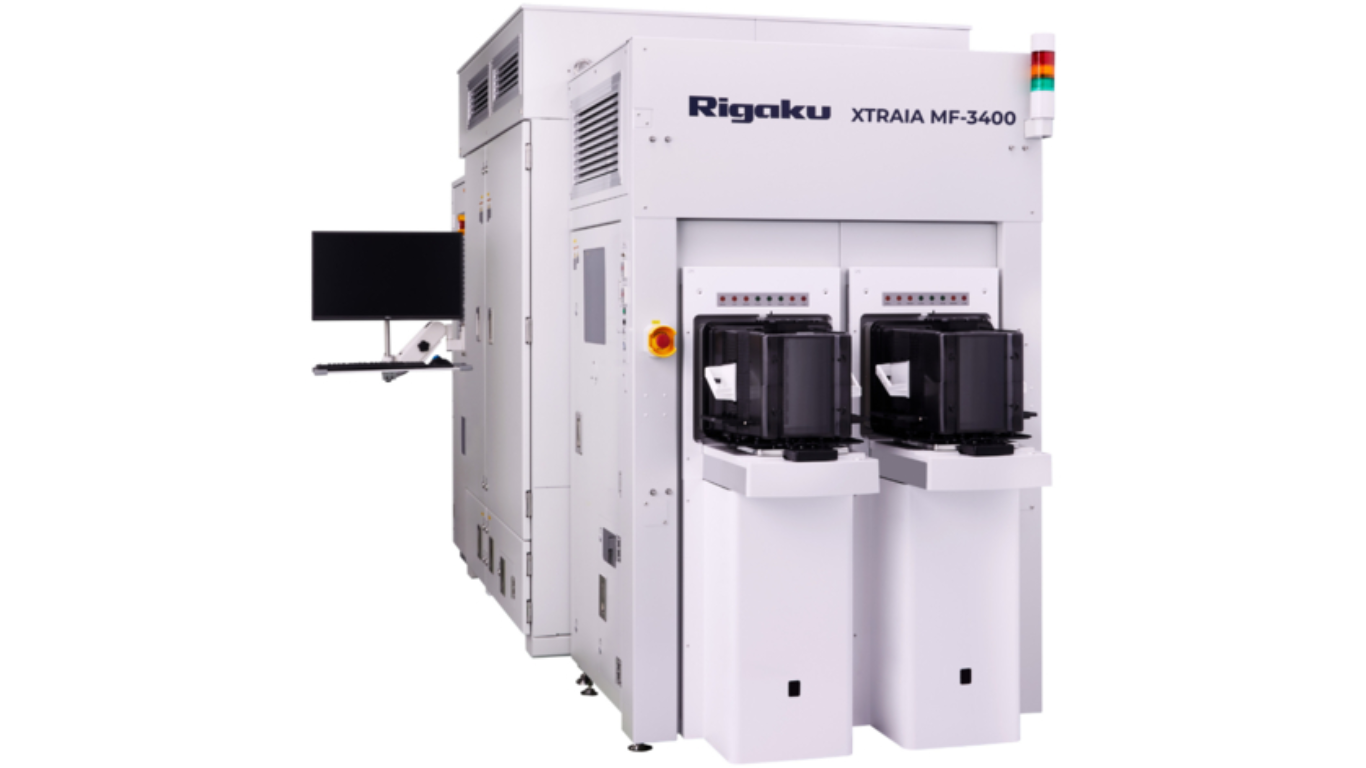If there is one component that quietly carries the weight of entire industries, it is the gear. From earthmovers clawing at quarries to offshore rigs working through saltwater spray, gears are at the heart of heavy-duty machinery. They do not just spin; they transmit torque, dictate efficiency, and set the rhythm for machines that cost millions to build and maintain. When precision slips, downtime and breakdowns follow, along with frustrated operators.
The Gear Is More Than a Simple Wheel
Calling a gear “just a gear” is like calling a turbine “just a fan.” On paper, a gear is a wheel with teeth. In practice, it is a load-bearing, force-transmitting element that has to deliver consistent performance under demanding conditions. Consider the mining sector: gears in haul trucks and crushers operate under staggering loads, where a minor tolerance issue can shorten the lifespan of the component by months.
Manufacturing precision is not a luxury reserved for aerospace. In heavy machinery, it is the difference between a gearbox that operates reliably for 30,000 hours and one that wears itself down before the next service interval.
Precision Creates a Ripple Effect
Precision does not just make a gear “better.” It influences the entire system. A gear cut outside tolerance increases vibration. Vibration generates heat. Heat weakens lubrication. Soon, the whole machine is under stress. And that is not just a technical issue; it is a financial one.
Downtime in heavy industries is measured not only in hours but in lost production, missed deadlines, and costly contract penalties. A single dragline sitting idle can cost tens of thousands of dollars per hour. Suddenly, the investment in carefully machined gears seems small compared to the cost of failure.
Tolerances: Small Numbers, Big Consequences
It may seem like a paradox. Machinery built to move hundreds of tons depends on tolerances measured in microns. Engineers know this well. A spur gear in a conveyor does not require the same precision as a planetary gear in a wind turbine, but both must meet defined standards.
Modern gear-cutting tools such as Gleason or Klingelnberg machines achieve surface finishes and pitch accuracy that were unthinkable a generation ago. Yet equipment is only part of the equation. Heat treatment, grinding, and alloy selection determine whether those tolerances hold up under real-world stress.
Procurement Is More Than Price Negotiation
Procurement specialists often face a balancing act: cost versus quality. The temptation to save budget is strong, especially when suppliers appear similar on paper. But anyone in maintenance will confirm that cheap gears quickly become expensive once installed.
How can you identify a manufacturer that takes precision seriously? Certifications such as ISO 1328 for gear accuracy provide a benchmark, but site visits reveal more. A facility with investments in metrology labs, CMM inspections, and advanced heat treatment demonstrates a long-term commitment to quality. Companies specializing in gear manufacturing often highlight these capabilities, since precision at this level directly impacts long-term performance and reliability.
Relationships also matter. A supplier who answers the phone when a gearbox is down and delivers a replacement quickly is often worth more than a minor discount on a purchase order.
Noise, Vibration, and Operator Fatigue
Noise levels in heavy machinery affect more than maintenance schedules; they affect people. Operators who spend ten-hour shifts in noisy cabs face fatigue, higher error rates, and long-term hearing concerns. Precision gears reduce vibration, which in turn reduces noise. When a manufacturer promotes quieter operation, it is not just marketing—it has a direct human impact.
Technology That Protects Precision
Metrology rarely receives attention, but it is the safeguard of precision manufacturing. Coordinate measuring machines, laser scanners, and gear inspection centers separate “adequate” from “reliable.” Combined with computer simulations and digital twin modeling, engineers can predict performance before a gear ever enters production.
Even so, technology alone is not enough. Skilled machinists and inspectors know when to trust instruments and when to rely on experience. That combination of advanced tools and human judgment is what ensures lasting reliability.
Why Precision Matters More Now
Why focus so much on gears today? Heavy industries face mounting pressure. Mining companies must meet stricter sustainability targets. Construction firms work under tighter deadlines. Energy producers cannot afford supply disruptions. Machines are expected to last longer, consume less energy, and operate with lower emissions. Precision gears support all of these expectations, even if they rarely attract attention.
Closing Thoughts
The conclusion is simple: gears are indispensable. Precision in their manufacturing is not a box to be checked; it is the foundation of reliability, safety, and efficiency.
Next time you see a 200-ton excavator swinging a bucket the size of a living room, it is worth remembering the gears at work inside. Those perfectly cut teeth are the reason the entire system continues moving without pause.
Blog received via Mail






























